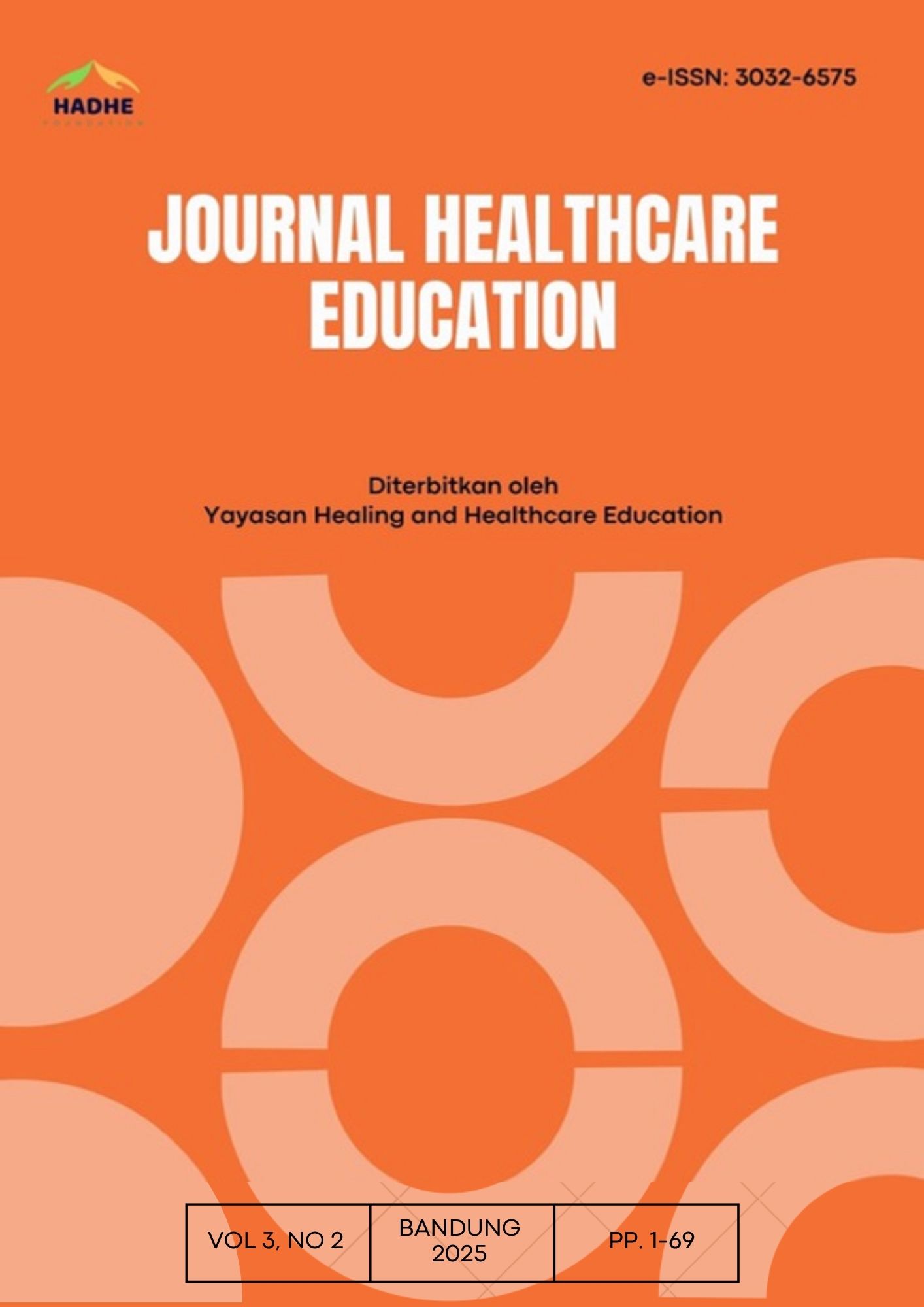OPTIMIZING STUNTING PREVENTION: KEY DETERMINANTS IN BANJARNEGARA REGENCY
DOI:
https://doi.org/10.1234/jhce.v3i2.87Keywords:
exclusive breastfeeding, risk factor, stuntingAbstract
The incidence of stunting in toddlers is a major nutritional issue in Indonesia. Data from the Nutrition Status Monitoring (PSG) over the past three years shows that stunting has the highest prevalence compared to other nutritional problems such as underweight, wasting, and obesity. The prevalence of stunting in toddlers increased from 27.5% in 2016 to 29.6% in 2017. Various factors influence the occurrence of stunting; however, these factors can vary by region. Detailed data on the determinants of stunting in children is crucial for informing government policies in addressing public health issues, particularly stunting. This study focuses on Banjarnegara Regency, which ranks among the top five regions with the highest stunting rates in Central Java. The objective of this research is to analyze the factors influencing stunting among children aged 2-5 years in Banjarnegara Regency. This quantitative study uses a case-control approach, with a population of all children aged 2-5 years. Data analysis includes univariate descriptive analysis and bivariate analysis using the Chi-Square test. The results indicate that education, economic status, environment, and birth length are associated with stunting in toddlers, whereas exclusive breastfeeding history is not associated with stunting.
Downloads
Downloads
Published
Issue
Section
License
Copyright (c) 2025 Erna Yovi Kurniawati, Dian Nirmala Sari, Uni Nur Fajri, Nur Alfi Fauziah

This work is licensed under a Creative Commons Attribution-ShareAlike 4.0 International License.










